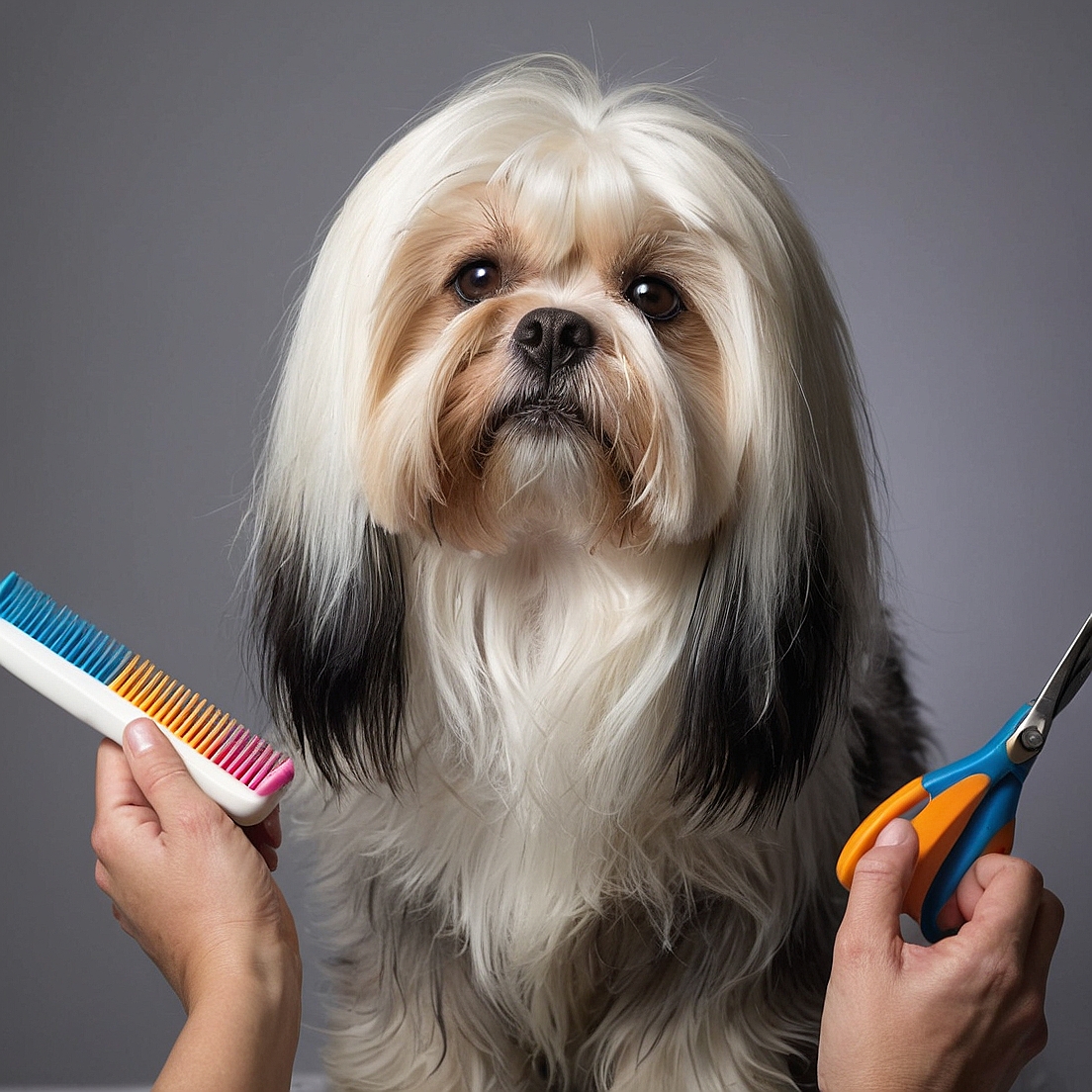As a passionate dog lover and groomer, I’ve had the pleasure of working with numerous canine companions, each with their unique personalities and grooming needs. Over the years, I’ve learned that bathing is an essential part of a dog’s grooming routine, and it’s crucial to use the right techniques to keep them clean, healthy, and happy. In this article, I’ll share some of the most common bathing techniques for dogs, based on my experience and the expertise of professional groomers I’ve had the privilege of working with.
Grooming is an integral part of dog care, and it involves a range of activities, including nail trimming, ear cleaning, and bathing. Regular grooming helps to prevent health problems, such as skin infections and matting, and it also strengthens the bond between dogs and their owners. When it comes to bathing, it’s essential to use the right techniques to avoid irritating the skin, stripping the coat of its natural oils, and causing stress to the dog.
[The Importance of Bathing Techniques](#The-Importance-of-Bathing-Techniques)
According to professional groomers, the right bathing techniques can make all the difference in keeping a dog clean and healthy. For instance, using the wrong shampoo or conditioner can lead to skin irritations, dryness, and dandruff. On the other hand, using the right techniques can help to lock in moisture, reduce shedding, and prevent matting. As one groomer noted, “A good bath can be a transformative experience for a dog, leaving them feeling relaxed, refreshed, and renewed.”
[Common Bathing Techniques for Dogs](#Common-Bathing-Techniques-for-Dogs)
So, what are the most common bathing techniques for dogs? Here are some of the most popular methods, as recommended by professional groomers:
- Medicated bathing: This technique involves using medicated shampoos and conditioners to treat skin conditions, such as eczema, acne, and hot spots.
- Hydro massage bathing: This technique uses a combination of warm water and gentle massage to relax the dog, remove dirt and debris, and improve circulation.
- Exfoliating bathing: This technique involves using gentle exfoliating products, such as brushes or sponges, to remove dead skin cells, reduce shedding, and improve the overall health of the coat.
- Conditioning bathing: This technique involves using deep conditioning treatments to nourish and moisturize the coat, leaving it soft, shiny, and manageable.
- Shedding bathing: This technique involves using special shampoos and conditioners to reduce shedding, prevent matting, and promote healthy coat growth.
[Specialized Bathing Techniques](#Specialized-Bathing-Techniques)
In addition to the common bathing techniques, there are also specialized methods that cater to specific breeds, coat types, and health conditions. For example, some groomers use a technique called “hand-stripping” to remove loose hair and prevent matting in breeds with thick coats, such as Golden Retrievers and Siberian Huskies. Others use a technique called “clipper bathing” to trim and clean the coat of dogs with sensitive skin or allergies.
[The Role of Grooming in Dog Health](#The-Role-of-Grooming-in-Dog-Health)
Grooming plays a vital role in maintaining a dog’s overall health and well-being. Regular grooming helps to prevent health problems, such as skin infections, ear infections, and dental problems. It also helps to detect potential health issues early on, allowing owners to seek veterinary care before the problem becomes severe. As one veterinarian noted, “Grooming is an essential part of dog care, and it’s crucial to work with a professional groomer who understands the specific needs of your dog.”
[Tips for Bathing Your Dog at Home](#Tips-for-Bathing-Your-Dog-at-Home)
While it’s always best to work with a professional groomer, there are times when you may need to bathe your dog at home. Here are some tips to keep in mind:
- Use the right shampoo and conditioner: Choose a shampoo and conditioner that’s specifically formulated for your dog’s coat type and health needs.
- Brush before bathing: Brush your dog’s coat before bathing to prevent matting and tangling.
- Use warm water: Use warm water to bathe your dog, as hot water can irritate the skin and strip the coat of its natural oils.
- Avoid getting water in the ears: Avoid getting water in your dog’s ears, as this can lead to ear infections and other health problems.
- Rinse thoroughly: Rinse your dog thoroughly to remove all soap and shampoo residue.
[Conclusion](#Conclusion)
In conclusion, bathing is an essential part of a dog’s grooming routine, and it’s crucial to use the right techniques to keep them clean, healthy, and happy. By working with a professional groomer and following the tips outlined in this article, you can help to ensure that your dog receives the best possible care. Remember, grooming is not just about keeping your dog looking good – it’s also about maintaining their overall health and well-being. So, next time you’re considering what are the most common bathing techniques for dogs, be sure to consult with a professional groomer and choose the method that’s right for your furry friend.
As a final note, it’s essential to remember that every dog is unique, and what works for one dog may not work for another. By taking the time to understand your dog’s specific needs and working with a professional groomer, you can help to ensure that your dog receives the best possible care. Whether you’re looking for advice on what are the most common bathing techniques for dogs or seeking tips on how to groom your dog at home, I hope this article has provided you with valuable insights and information.
For more information on dog grooming and bathing techniques, be sure to consult with a professional groomer or veterinarian. They can provide you with personalized advice and guidance on how to keep your dog clean, healthy, and happy. Remember, grooming is an ongoing process, and it’s essential to stay up-to-date with the latest techniques and best practices to ensure that your dog receives the best possible care.
